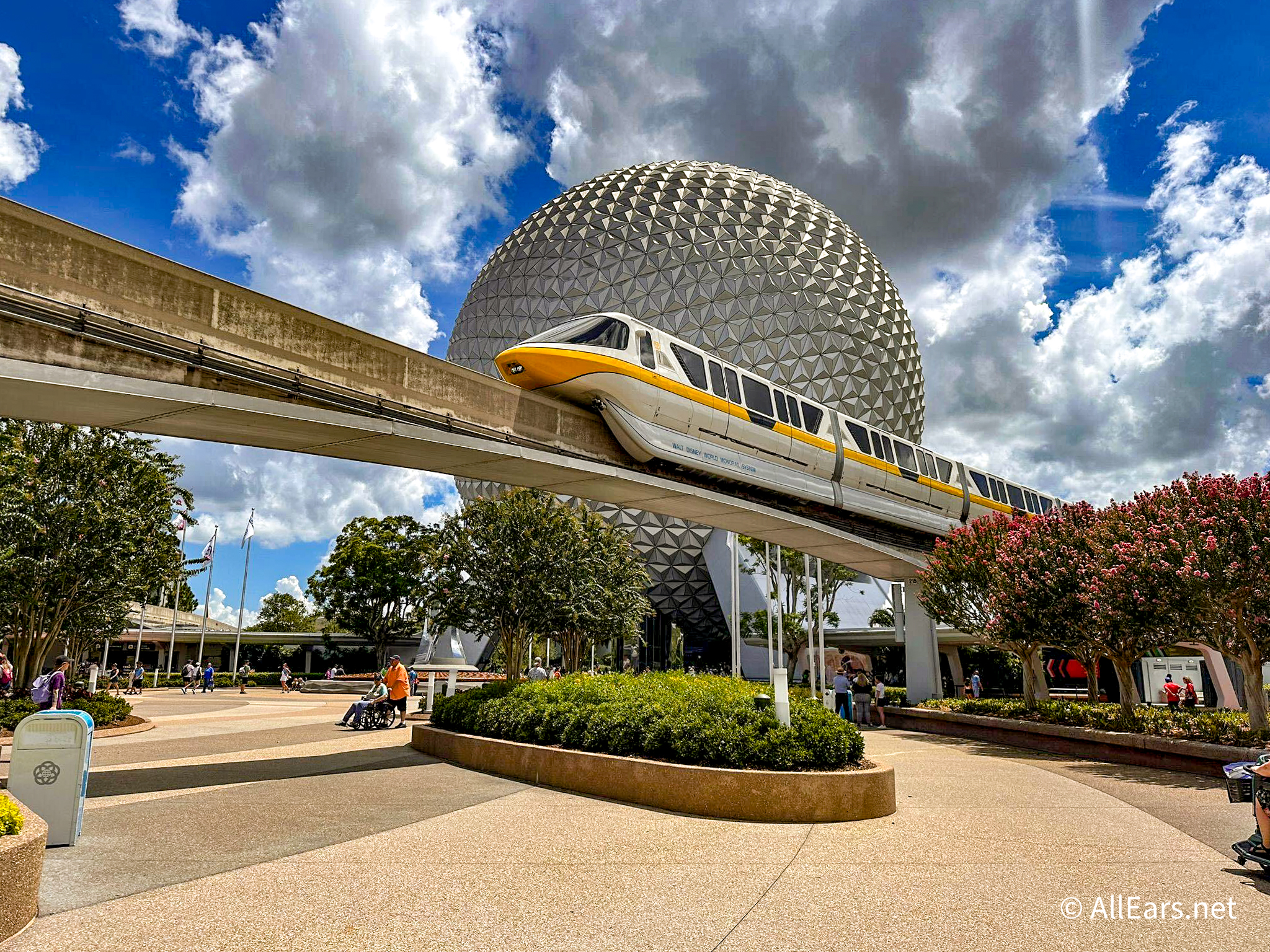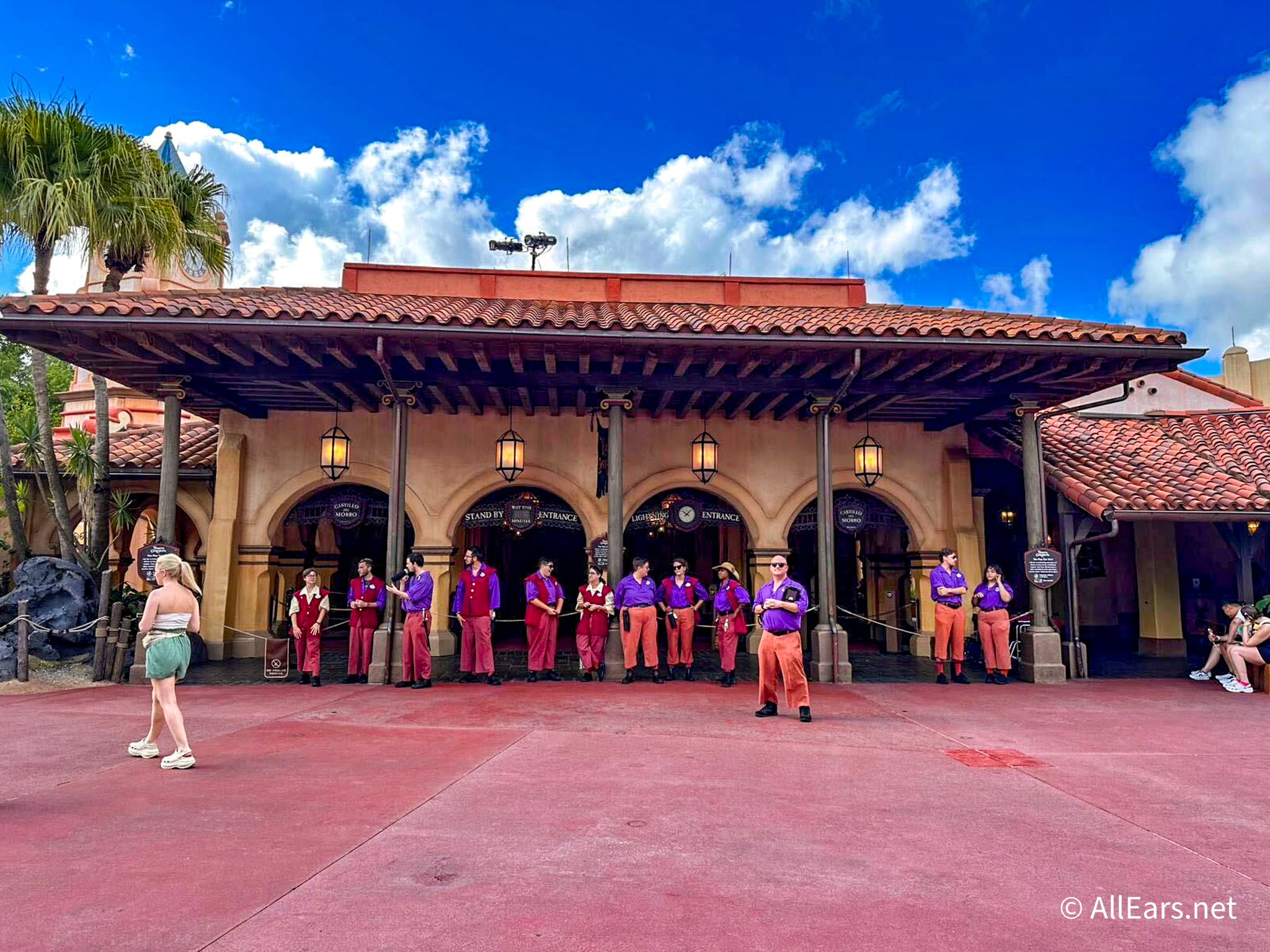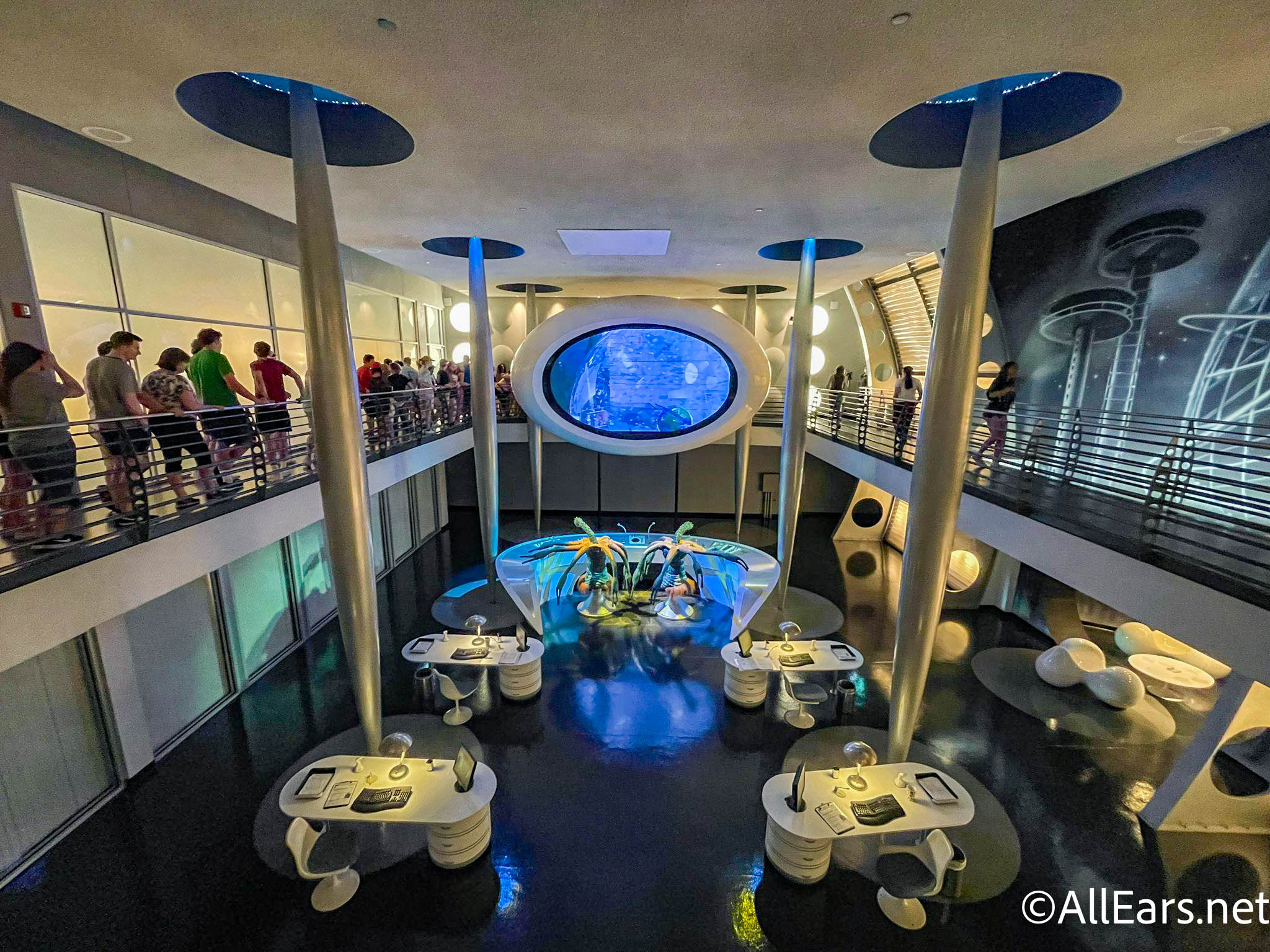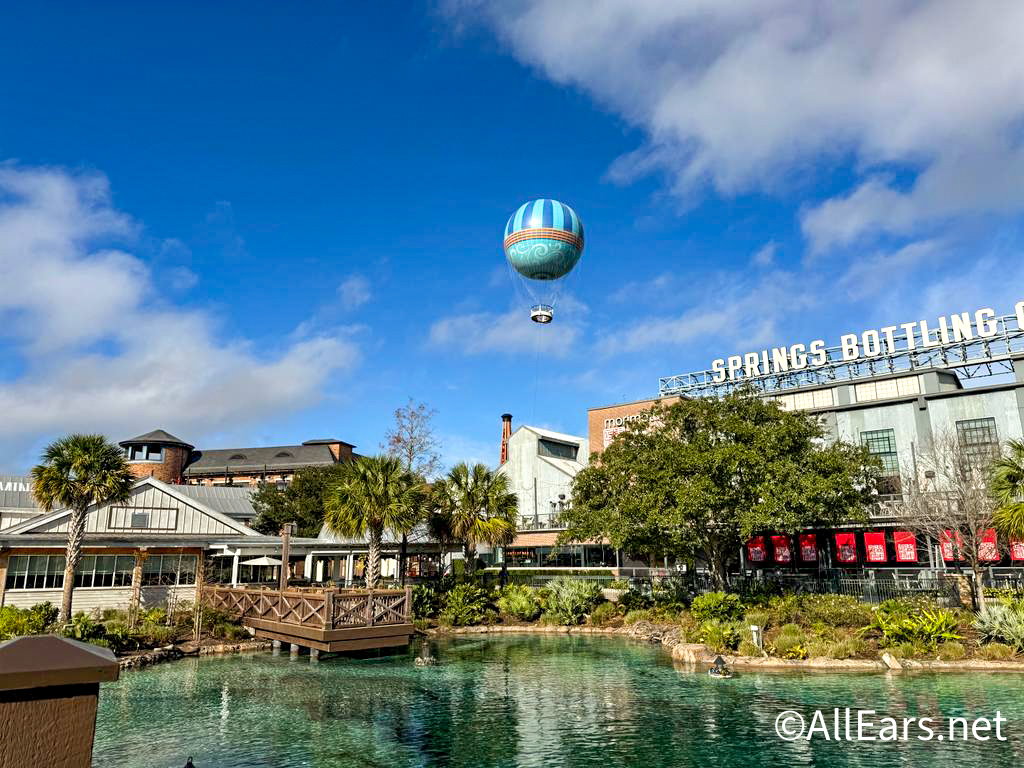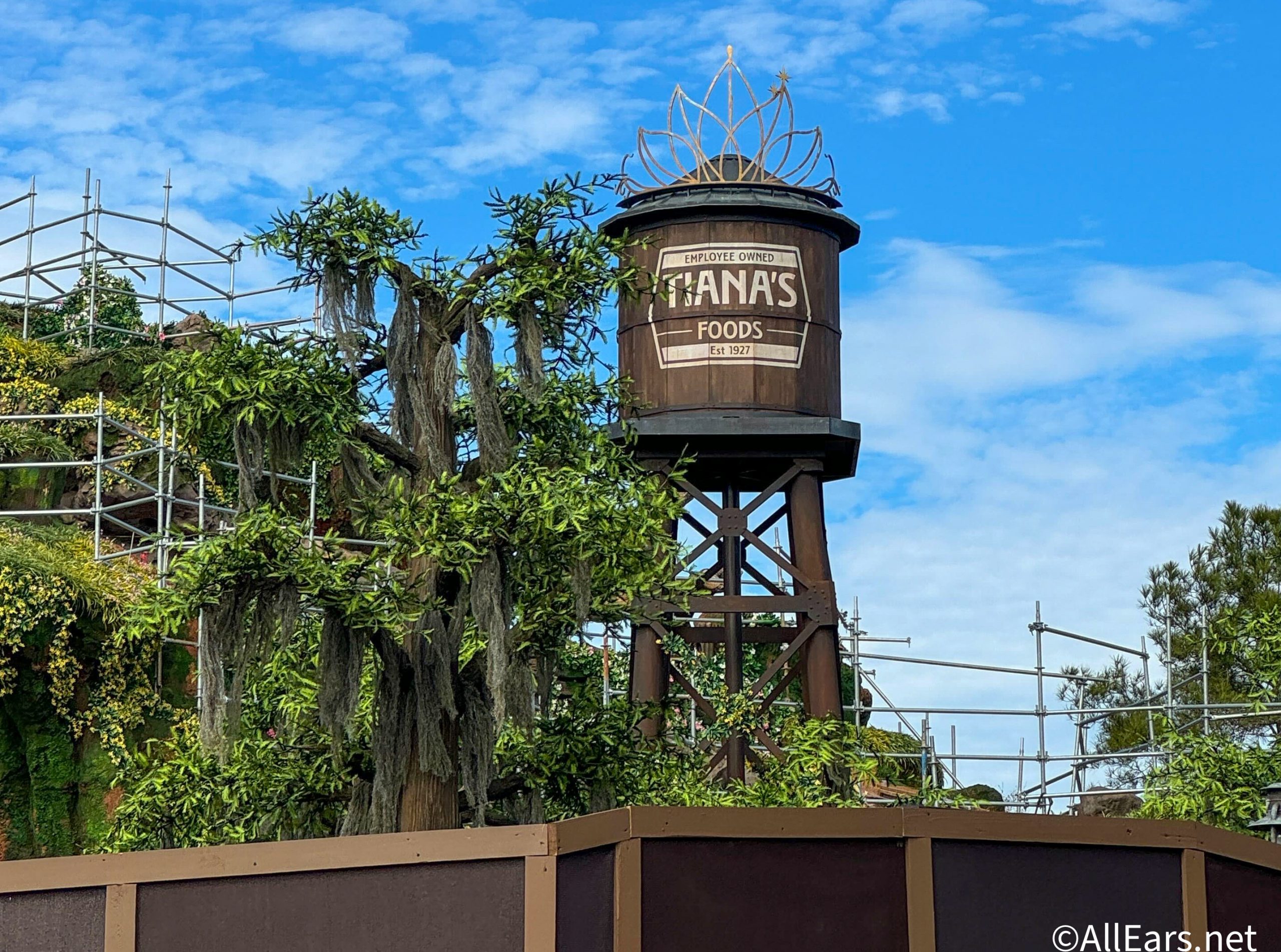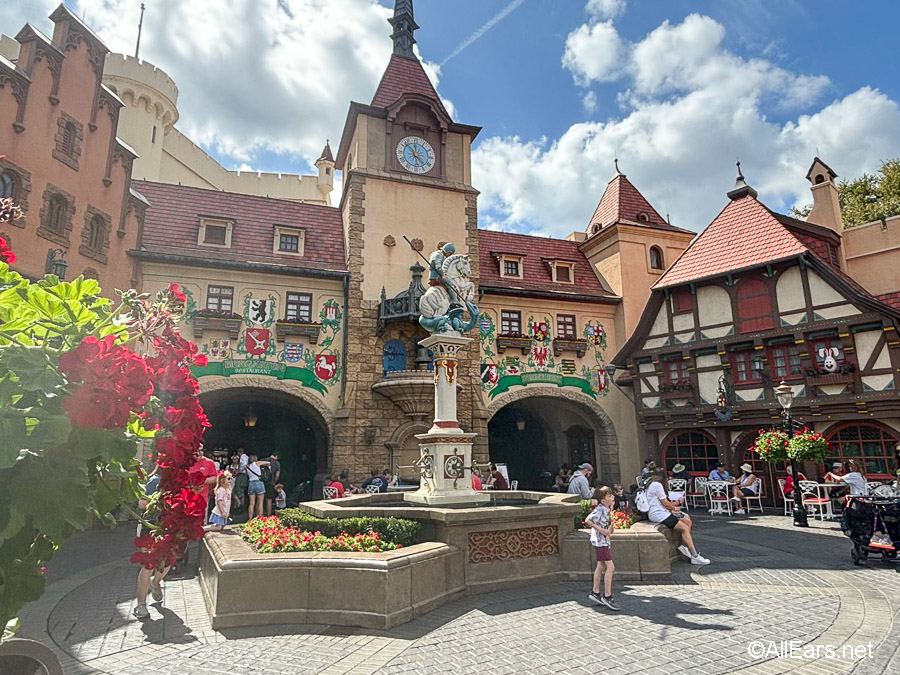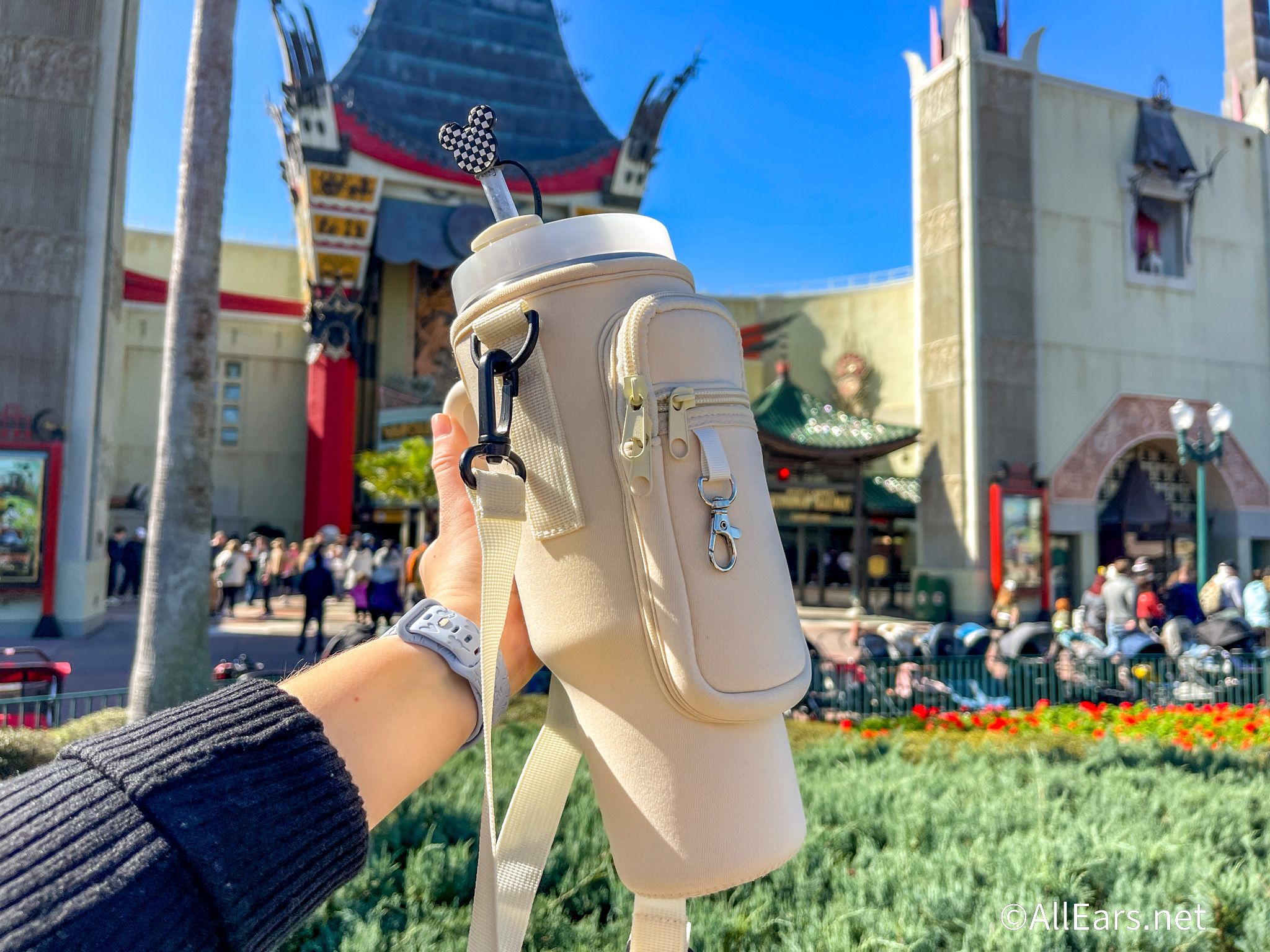Walt Disney World Chronicles: The Story of the Reedy Creek Improvement District
by Jim Korkis
Disney Historian
Feature Article
This article appeared in the June 7, 2016 Issue #872 of ALL EARS® (ISSN: 1533-0753)
Editor's Note: This story/information was accurate when it was published. Please be sure to confirm all current rates, information and other details before planning your trip.
You've probably seen the signs around Walt Disney World property that say RCID. Maybe you even know that RCID stands for "Reedy Creek Improvement District." But just what IS the Reedy Creek Improvement District?
Many Disney fans have a vague idea about what it is and what it does, but there seems to be some confusion.
Basically, RCID is a multi-purpose district that provides essential public services, regulates building codes, land use and environmental protections, and tries to provide direction for the efficient operation of Walt Disney World property.
Reedy Creek itself is a natural waterway that runs through the area east of Haines City and enters Disney property west of Celebration. It passes between Disney's Animal Kingdom and Blizzard Beach before meandering up near the Magic Kingdom and Bay Lake.
Improvement districts are not unusual, but they are more often found in rural areas that require hospitals or fire protection that is unavailable in unincorporated sections. There are improvement districts in every state in the United States, including several in Florida.
The idea is that government has certain responsibilities and duties, such as providing fire protection, street lighting, garbage collection, water and sewer services and other services for which people pay taxes. Sometimes, however, areas have requirements that extend beyond those general responsibilities.
An improvement district is formed with the approval of a simple majority of the property owners. A specific boundary is established and, once created, the district operates as a political subdivision. A Board of Directors — made up of the property owners — governs the functions of that district. These improvement districts can have wide-ranging authority — from imposing taxes, adopting ordinances, contracting for professional services, handling pest control and more. Overlaps in jurisdiction can and do occur so coordination is necessary.
On May 12, 1967, Florida's then-governor Claude Kirk signed a bill into law establishing the Reedy Creek Improvement District (RCID). On the same date, he signed the incorporation acts for two incorporated cities within the district: Bay Lake and Reedy Creek. (The City of Reedy Creek was renamed to the City of Lake Buena Vista around 1970.)
Lake Buena Vista (whose mayor is Mike Sheehan) and Bay Lake (Mayor Todd Watzel) each house roughly two dozen people at any one time. These cities, quietly hidden on Disney property behind security gates, include all the developed land within the property and are populated primarily by Disney employees who pay a low rent, but do not own the land where they live. They elect a city council.
There were two significant reasons for establishing the Reedy Creek Improvement District.
The first reason was to ensure that Florida taxpayers would not be burdened with the cost of providing and maintaining essential public services and infrastructure required to build and operate Walt Disney World. The question was not just how water and power were going to be provided (the nearest high-voltage power line was more than 15 miles away from WDW property), but more importantly, who was going to pay for it all? In this way, Disney paid for it all.
Second, because the original plan was to build on land that spanned two different counties (Orange and Osceola), it was necessary to have a unified governing body. This would give the legislative and regulatory flexibility necessary to allow for innovative construction techniques from buildings to roads and water control as well as environmental protection of the area. (The Walt Disney World property located in Orange County was approximately 18,800 acres, while in Osceola County there were approximately 6,200 acres.)
RCID has complete jurisdiction over the property owned by The Walt Disney Company in Central Florida and functions much like a separate county. It provides essential public services to the property, such as fire protection, flood control, waste collection and environmental protection. If it wanted to, the district could build its own airport or nuclear power plant.
RCID receives all its income from taxes and fees imposed within its boundaries. A board of five supervisors elected by the landowners conducts the business of the district at monthly board meetings. The supervisors must also be landowners. Since Disney owns the land in the district, Disney sells five-acre blocks of undeveloped land to the supervisors. On completion of their terms, these individuals sell their land back to the company. Votes are strictly proportional to the acreage owned, so the company basically governs its own property. The law permits supervisors to vote on contracts between the district and their own companies.
Donald Greer is the current president of the Board and only the fourth to hold that office since General Joe Potter was elected in 1968. Tom Moses and Tom DeWolf are the other past Board Presidents.
The administration of the district is delegated to a General Manager whose responsibilities are similar to those of a typical city manager in Florida. The current District Administrator is Bill Warren. Potter also was the first District Administrator for the Reedy Creek Improvement District. He was succeeded by Tom Moses (1974) and Ray Maxwell (2001).
General Joe Potter was also the man in charge of preparing the land for construction. (Admiral Joe Fowler was the man in charge of building on the prepared land.) Potter supervised the water lines, power lines, communications lines and roads that went in daily at a fantastic pace in order to meet the announced deadline.
RCID has spent in excess of $100 million on public road improvements. More than 167 miles of roadways have been funded and maintained without one penny of county, state or federal funds. RCID also funded the entire cost of traffic controls on State Road 535 when the Crossroads complex opened, even though the intersection was a state road, because it was impacted by traffic from within RCID.
The RCID also requires sprinkler systems within all permanent and most temporary buildings. It also requires extensive networks of smoke and heat detectors. The systems are designed to be automatically monitored by computers that alert the RCID fire department well in advance of actual combustion. Recently response time for the RCID fire department has been consistently clocked at 45 seconds. There are four RCID fire stations, one located directly behind the Magic Kingdom.
Here are some achievements that would not have been possible without the RCID in place:
— The "Epcot Building Codes" that were established are based on a philosophy that encourages new methods in design, construction and materials. They became "living documents" that served as a valuable reference for other major building codes throughout the United States and led to a wide range of imaginative projects and ideas, such as the construction of a fiberglass castle and an 18-story geosphere, while assuring a high degree of public safety.
— Fiberglass was formerly considered too combustible for structural use. A sophisticated system of sprinklers, computer-controlled smoke detectors, and flame retardants made possible the 189-foot-tall Cinderella Castle that used more fiberglass than any other single structure up to its construction in 1971.
— The first installation in the United States of the Swedish-built Automated Vacuum Assisted Collection (AVAC) was for the Magic Kingdom. This unique method of waste collection allows refuse to be deposited at 17 collection points around the park. Every 15 minutes it is drawn through 24-inch pneumatic tubes, at speeds up to 60 miles an hour to a central compactor station at the back of Splash Mountain and then trucked out to waste management.
— Disney's Polynesian Village Resort and Disney's Contemporary Resort were the first major applications of steel-framed modular construction. Rooms were assembled at a plant six miles away, shipped by truck to the site and slipped into the framework with electrical wiring and plumbing inside. The Contemporary used an A-frame while the Polynesian was done by stacking. The original design plan for the Polynesian was a pyramid frame that would have made the modular method more necessary.
— The Vista United Telecommunications system was the first commercial fiber optic system in the United States in 1978 and became a 100 percent digital switching network in 1983. It was the first telephone company in the state of Florida to implement a 911 emergency system.
— The Inductive Power Transfer System and Automatic Vehicle Guidance System were "first-of-their kind" transportation methods first used in the Universe of Energy pavilion at Epcot and The Great Movie Ride at Disney's Hollywood Studios.
An improvement district can also have its own law enforcement officers, but Disney felt it was not a wise idea legally or branding-wise for Disney cast members with guns strapped to their waists to wander through the guest areas. So while Disney has hundreds of security officers, arrests and citations are issued by the Florida Highway Patrol and Orange County and Osceola County sheriffs' deputies. (There is a jail cell in the Utilidor under the Magic Kingdom.)
With more than 300 current employees who handle things like a laboratory for testing water and environmental concerns, an electric power-generating facility, a water treatment facility and recycling center, RCID is prepared for further development. In fact, only 38 percent of available land has been developed at Walt Disney World. Another 2,730 acres are classified as mixed-use and are readily available for future development. (Approximately 7,940 acres on property are classified as conservation and permanently set aside for environmental reasons. Another 3,410 acres are wetlands, which are classified as resource management/recreation and are considered inappropriate for development.)
RCID's Environmental Services Department, created in 1971, is tasked with maintaining and, whenever possible, improving the woods, wetlands and swamps that are native to the property. The department has its own laboratory where it tests and monitors all types of water, soils and sediments. The constant environmental monitoring ensures the continuity of water quality within the district.
Some have argued that when The Walt Disney Company abandoned the idea of Walt's experimental city that the original reason for allowing the company such vast governing power through an improvement district was no longer necessary. But Disney aggressively communicates with local, regional, state and federal regulatory agencies on matters that cross jurisdictional lines.
Disney does have unparalleled control of the property and through the RCID is essentially its own government. However, the existence of the RCID has allowed for development that could not have been accomplished any other way.
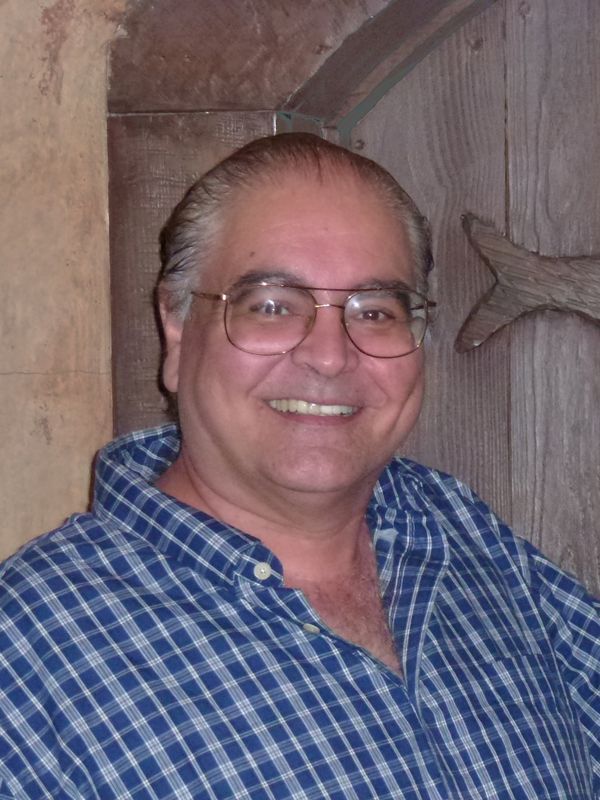 = = = = = = = = = = = = =
= = = = = = = = = = = = =
RELATED LINKS
= = = = = = = = = = = = =
Other features from the Walt Disney World Chronicles series by Jim Korkis can be found in the AllEars® Archives.
Jim also writes occasionally for the AllEars® Guest Blog, contributing entries under the heading of "Jim's Attic."
-=-=-=-=-=-=-=-=-=-=-
Disney Historian and regular AllEars® Columnist Jim Korkis has written hundreds of articles about all things Disney for more than three decades. As a former Walt Disney World cast member, Korkis has used his skills and historical knowledge with Disney Entertainment, Imagineering, Disney Design Group, Yellow Shoes Marketing, Disney Cruise Line, Disney Feature Animation Florida, Disney Institute, WDW Travel Company, Disney Vacation Club and many other departments.
He is the author of several books, available in both paperback and Kindle versions. You can purchase them via our AllEars.Net Amazon.com store HERE.
-o-o-o-o-o-o-o-o-o-o-o-
Editor's Note: This story/information was accurate when it was published. Please be sure to confirm all current rates, information and other details before planning your trip.



